Getting in on Quarantine Gardening!
Molly again! Last week, I mentioned that we are making a few updates to our home. With two little kids running around, one thing we’re always working on is making our outside space as family-friendly as possible.
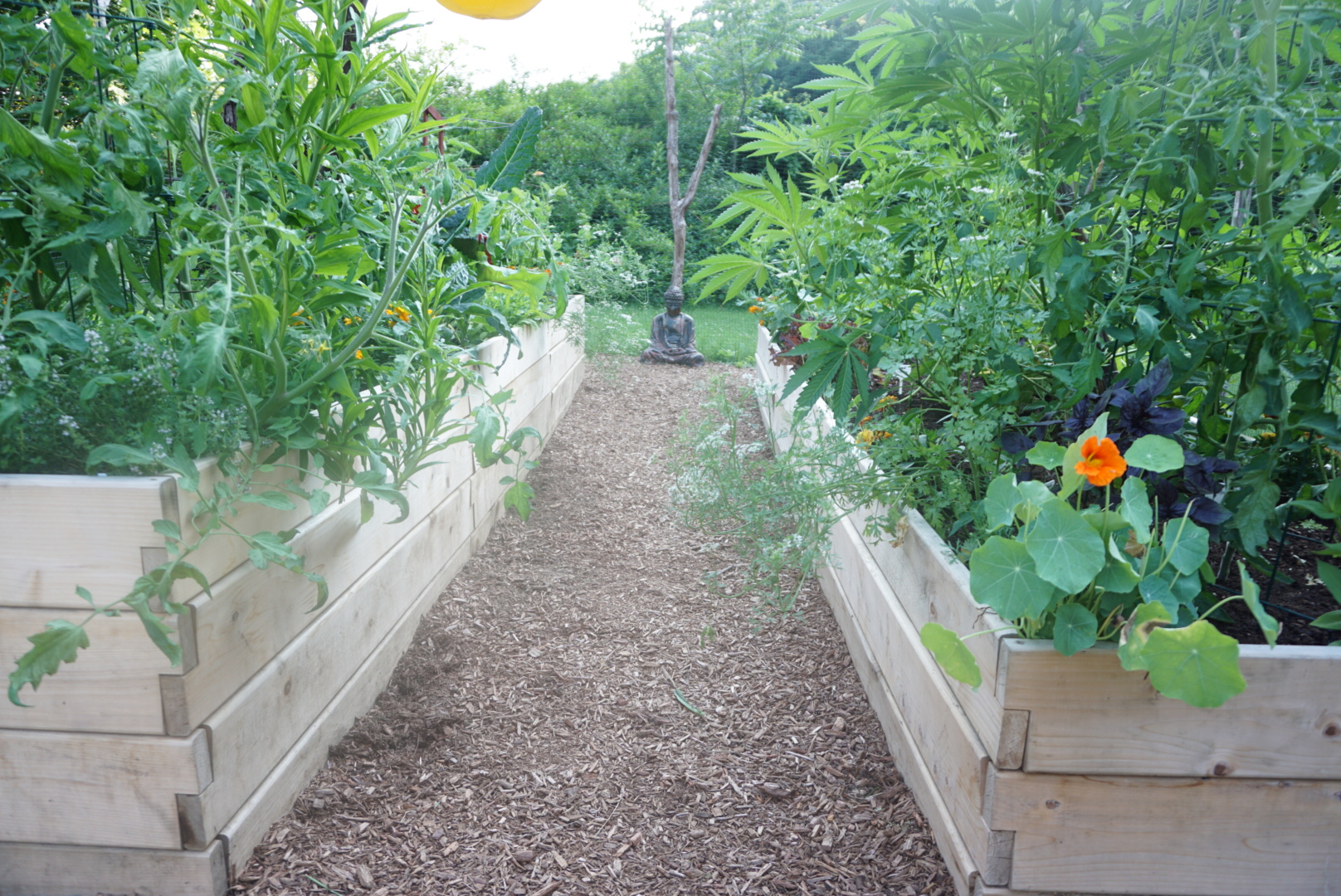
In the last year, my husband has made it his mission in life to make our lawn as green as a golf course. It’s his pride and joy. He has an entire photo album on his phone dedicated to “outdoor projects”, to which he adds daily photos of the grass and walkways, and looks at while he’s watching TV or lying in bed. I’ve caught him many times just staring out the window wistfully at the grass.
To bring the rest of the yard up to speed, I’m working on the garden beds and, most exciting of all, we added a kitchen garden. This is a big step for me, so when Jessica Robison from Acton Food Forest reached out to us about working together, we jumped at the opportunity! I am a total garden novice, so I thought it might be helpful to include a Q&A with Jess in case you’re interested in starting your own but don’t know where to begin… I’ve also included a few helpful tools and cute accessories (obviously) at the end of the post!
Q: Tell us about your background and how you got into this.
My background is sort of random – I went to art school and fell in love with plants, and then really got into gardening about 10 years ago with my first home. I loved the idea of growing food and had some sort of small veggie garden since my first apartment out of college, but this time I was going to grow big… I consumed all things garden – podcasts on my way to work, blogs, books, you name it.
I am a web designer, but last year I decided I wanted to help others learn to garden and started Acton Food Forest on social media. It was supposed to be a few gardens to start but COVID happened and there has been a big interest in gardening! I like to think I am helping the next generation of gardeners. I grow gardens AND gardeners!
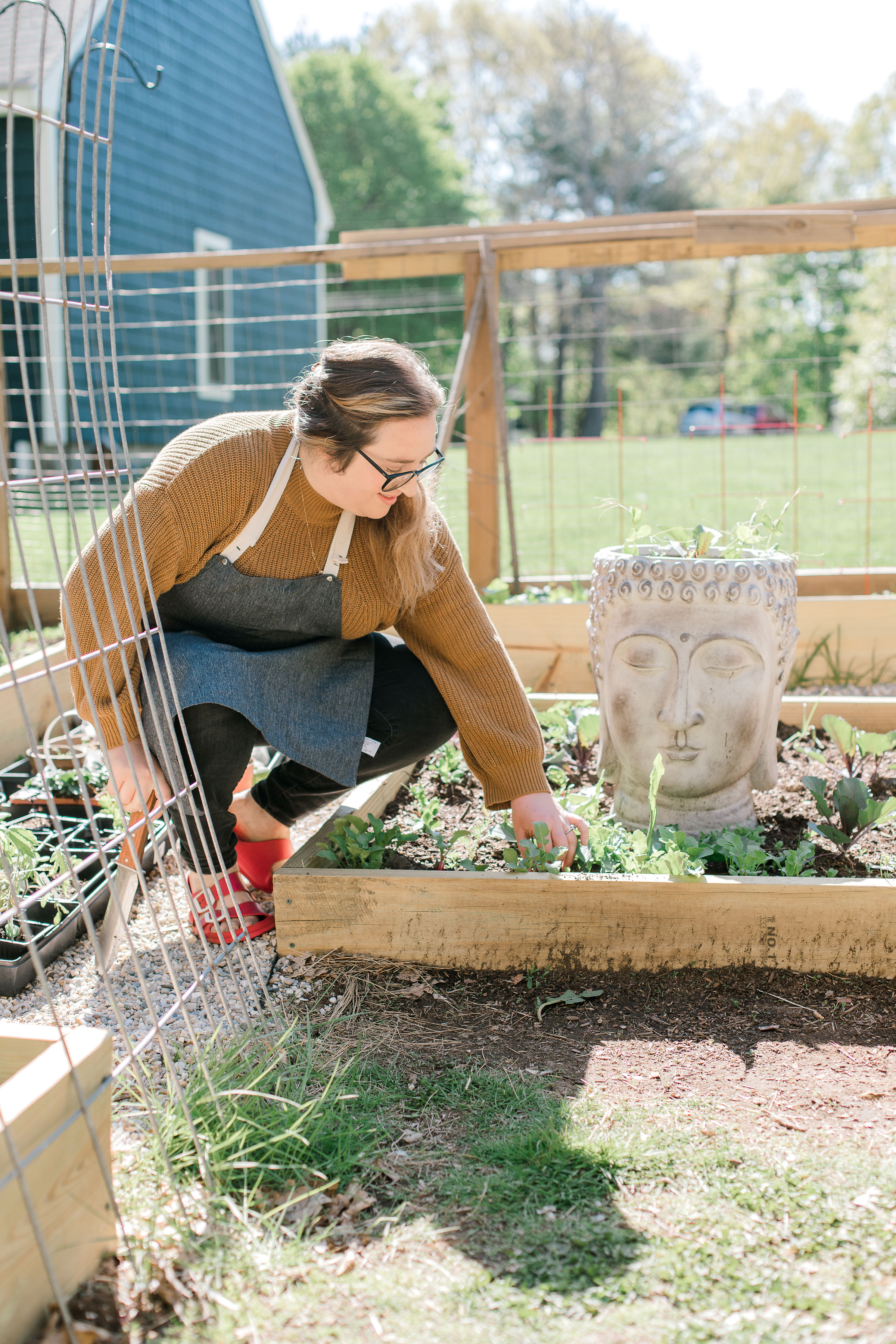
Q: What plants/veggies are the easiest to maintain?
“Herbs, greens, roots, shoots, and then fruits” is the order I go by… If you are new to gardening and want to try to grow some food at home, herbs are a great way to get started! Thyme, sage, rosemary, parsley and basil are all low maintenance, and being able to skip buying those little plastic containers of fresh herbs at the store is a good feeling, too!
Greens are the next step in learning to garden. Lettuces and kale are low maintenance, and Dino Kale and Baker Creek’s Rocky Top lettuce mix (I make sure all my gardens have those two things in them) are my favorite varieties.
Root vegetables are pretty easy – you just need to prepare the soil a bit more. Raddish from the garden are mild and have a great crunch. I love french breakfast radish and they are super reliable, fast-growing and so darn cute!
Shoots like broccoli, cabbage, peas, beans (and most of the veggies in that family) are a little tricker but mostly just require a lot of space vertically or in a bed (cabbages are huge and caterpillars really love them!).
Lastly but well worth the extra effort (in my opinion) are the fruits – anything that grows off the flower of plant …that’s peppers, eggplant, squash, and TOMATOES. A sun-warmed garden tomato is 100% worth trellising, feeding, and the space it takes to grow! It’s honestly my favorite thing in the garden.
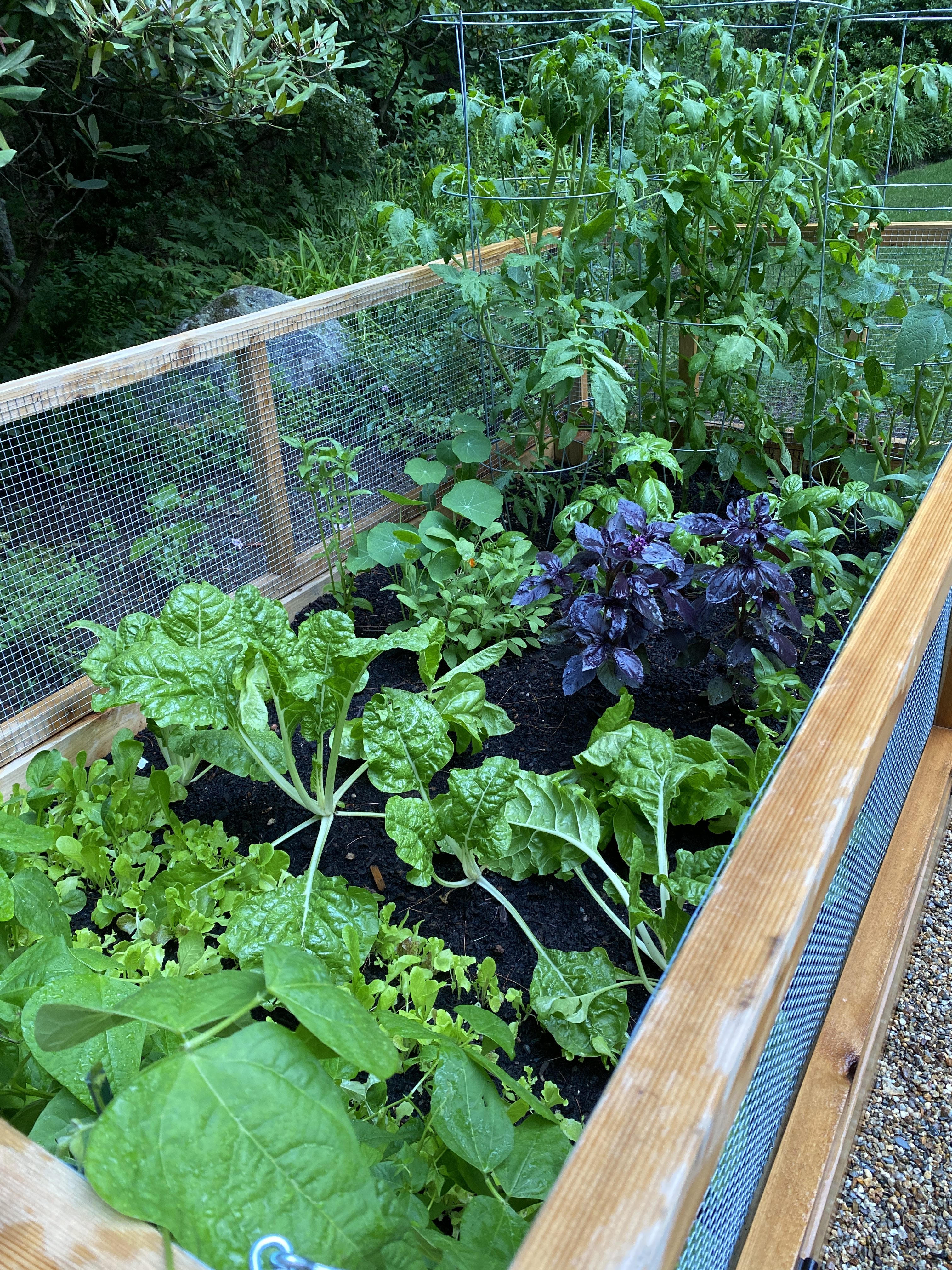
Q: What plants/veggies do the best in this climate (the northeast)?
I suggest looking at your local farmstand to get an idea of the tried and true veggies to grow around you. In the northeast, we have 3 main growing seasons… (keep in mind that the dates below are specific to my area – Metrowest Boston):
spring: first cool – late March/early April – peas, brassicas, spinach, some lettuces, and arugula
summer: warm late – May/ early June – tomatoes, peppers, cucumbers, eggplant, squash, kale, melons
fall: second cool – early/mid-September – another succession cool weather crops!
Dates for when to plant individual crops depend on your climate zone, weather patterns and your mini/microclimate (are you on the water, in the woods, in a city or near a big hot parking lot, etc… is the garden exposed to wind or sloped)
In the Boston area, we are zone 6a, according to USDA plant hardiness zone. If you look at information about a plant it will usually mention which zones it can grow in. This zone number describes the average number of frost-free days and if the plant can be grown in that amount of time. We have around 140 frost-free days here. We cheat Mother Nature a bit by using grow lights or greenhouses – that’s how we get to grow a tomato, which is originally native to South America. My grow lights go on in March usually. You can plant most annual veggies, just need to know how long they take to grow and count back from the frost date.
Q: Any general upkeep/maintenance/watering tips?
Hang out in your garden, observe it, enjoy it. By doing that you will learn what your garden needs. Keep leaves dry and off the bare soil (with mulch, trellising or pruning), and your keep soil moist and well-fed (compost a few times a year does the trick). If you are in your garden often you will see pest damage or disease before it’s out of control and know when it needs extra water or feeding. If your plants are getting sun, compost, and water, they will grow.
Vegetables need around an inch a week of water, some more during certain points. If it rains you can take the day off from water usually but if it’s hot you might need to water a bit more than a more mild week. Try to water only in the morning or after the heat of the day has passed (watering during heat can actually make the plant hotter!) Use a gentle setting on your hose or watering can and when you water, water deeply by the root at soil level of a plant not the leaves – that can cause disease and attract pests.
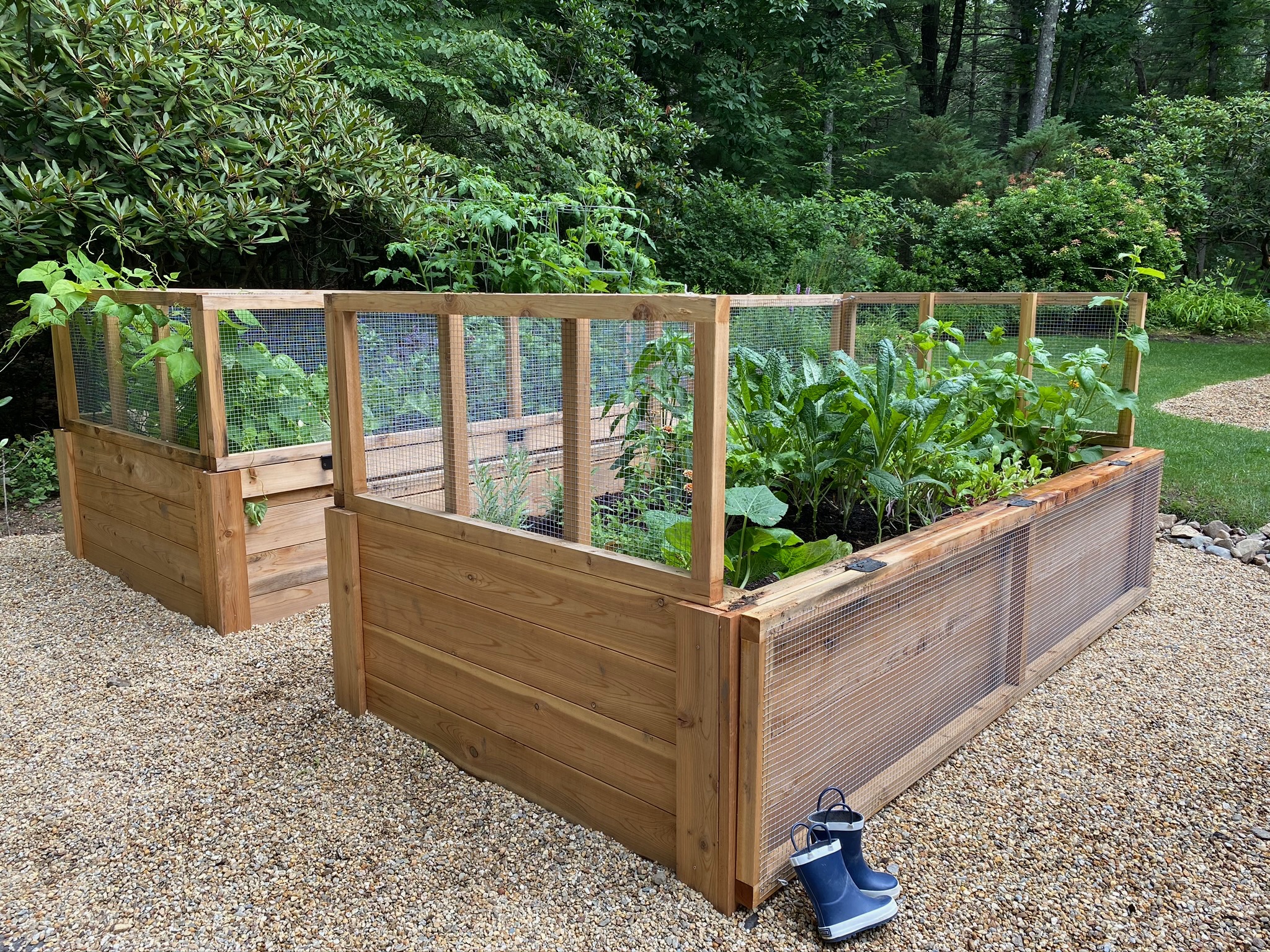
Q: How do your services work?
All my clients start with a consultation – we talk about what can be done with your space, time, and budget as well as what you want to get out of the garden. From there we decide who is going to be building or fixing your garden space.
After your beds are built and filled then I come in and do a planting day consultation (my favorite!). I work on a crop map and then bring all the plants and seeds you need. As we plant your garden I walk through how to care for each plant, what pests to look out for and maybe offer a recipe or two :)
If you’re interested in building your own garden but don’t know where to start I can work with you to design a garden that you can build on your own! I can walk you through how to build out your garden (which materials to use, where to get them, how much soil, etc.) or work with an existing garden that just needs some love to get going (fix up the beds, pathways, and make sure the soil is alive and healthy).
Click images for links!
1. How cute are these plant markers?!
2. I have these gloves and they’re so comfortable
3. Jess says, if you only get one tool, make it this one!
4. These are cheap kids tools, but work just fine and are adorable
5. Maybe one day I’ll be the kind of woman who can pull off a fabulous wide brimmed sun hat, but today is not that day. Included this one in case you are that kind of woman (or if you want to pretend)
6. A cute basket to haul your loot
7. And a tote for your tools
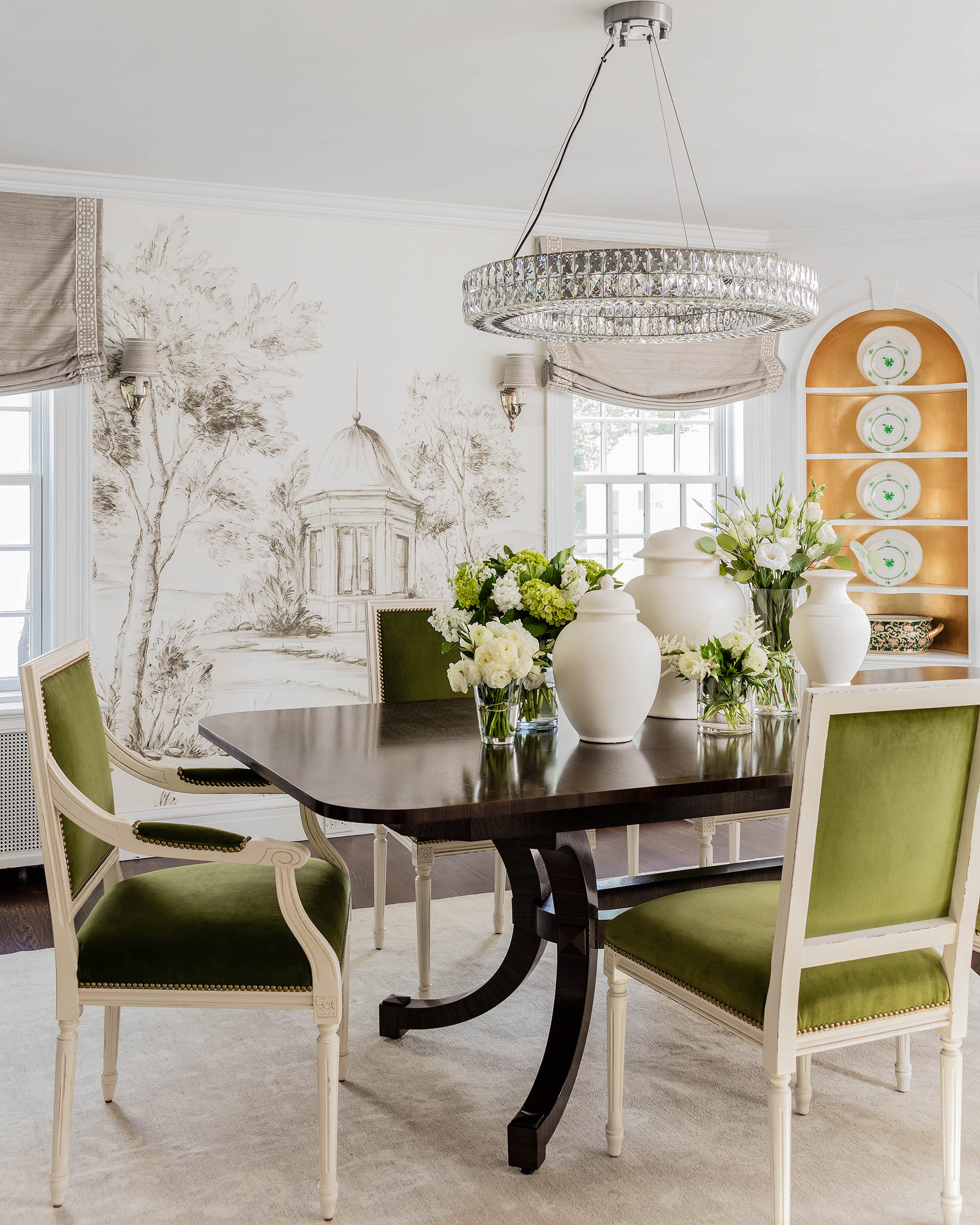

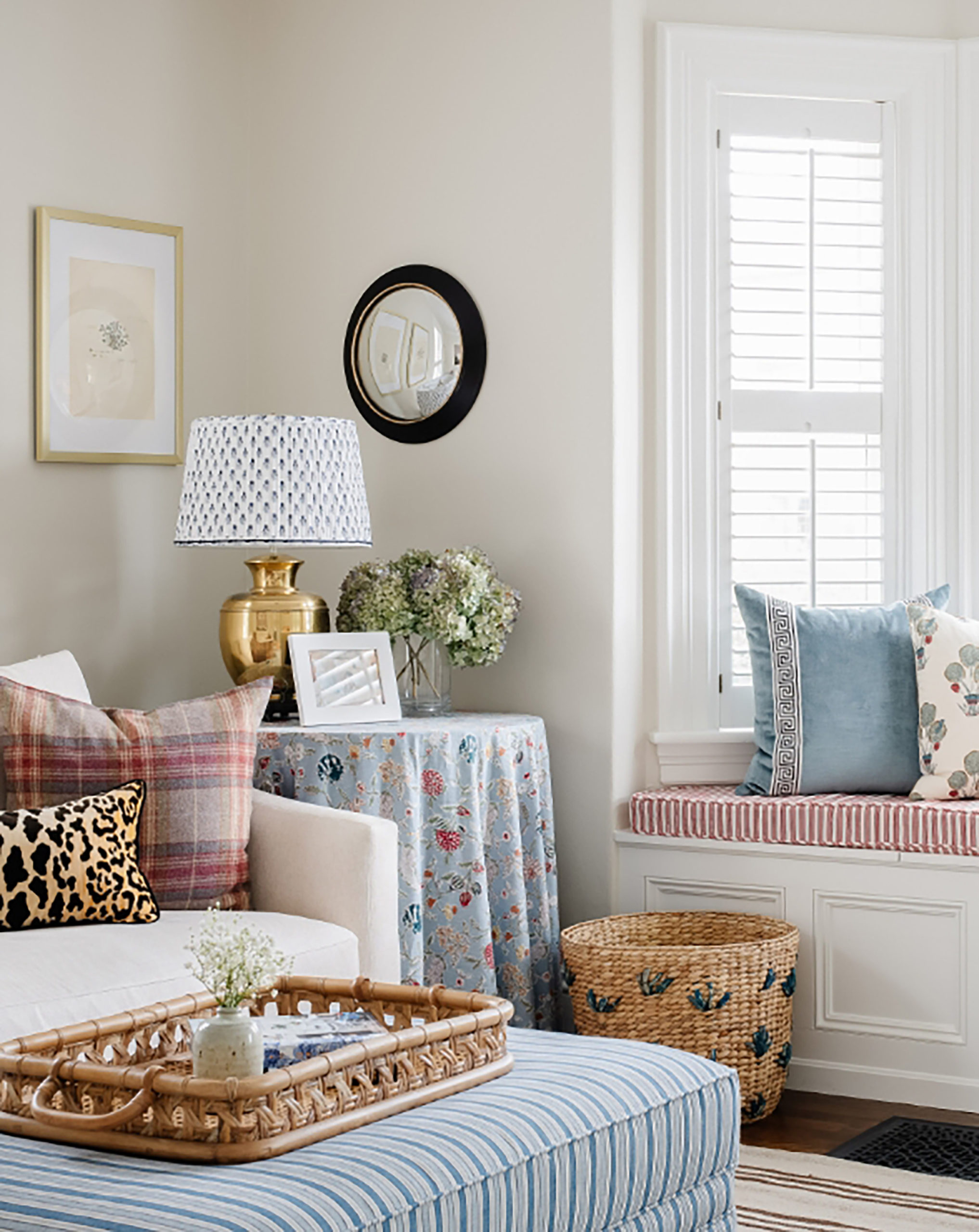



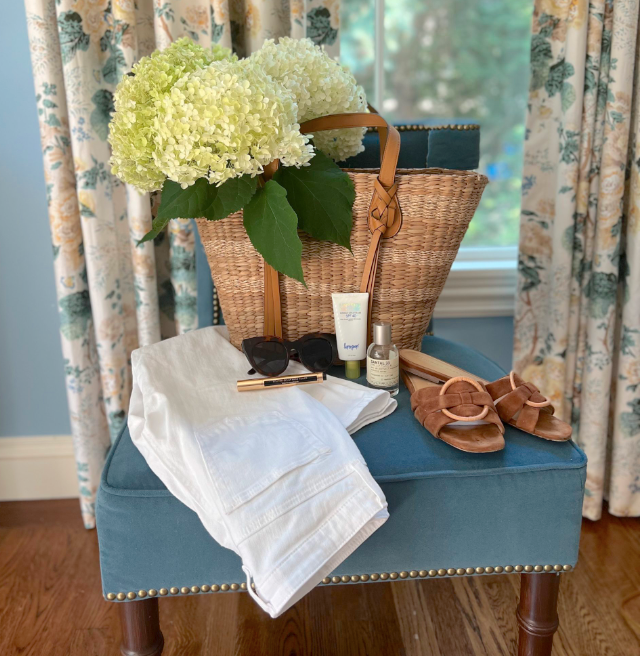
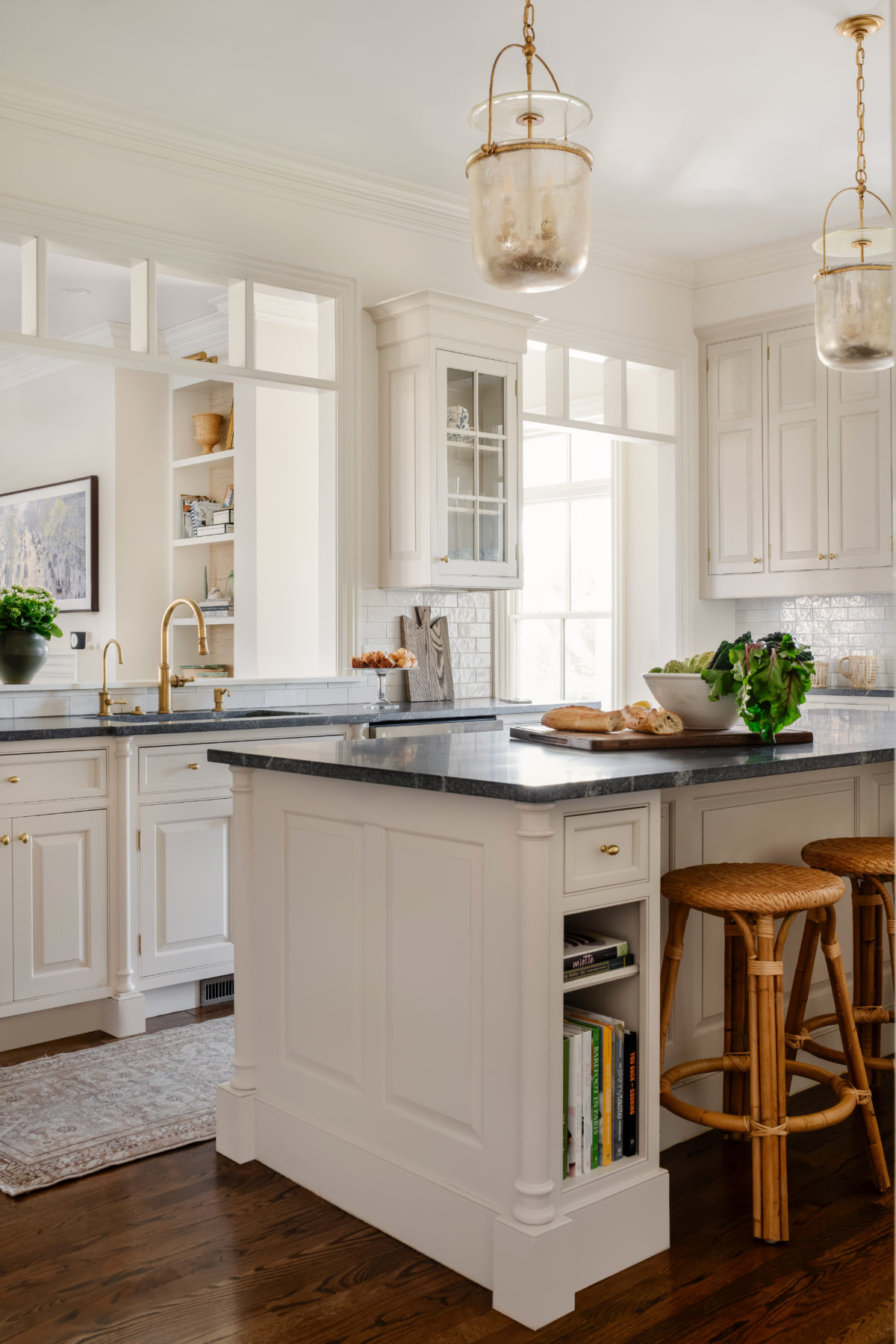
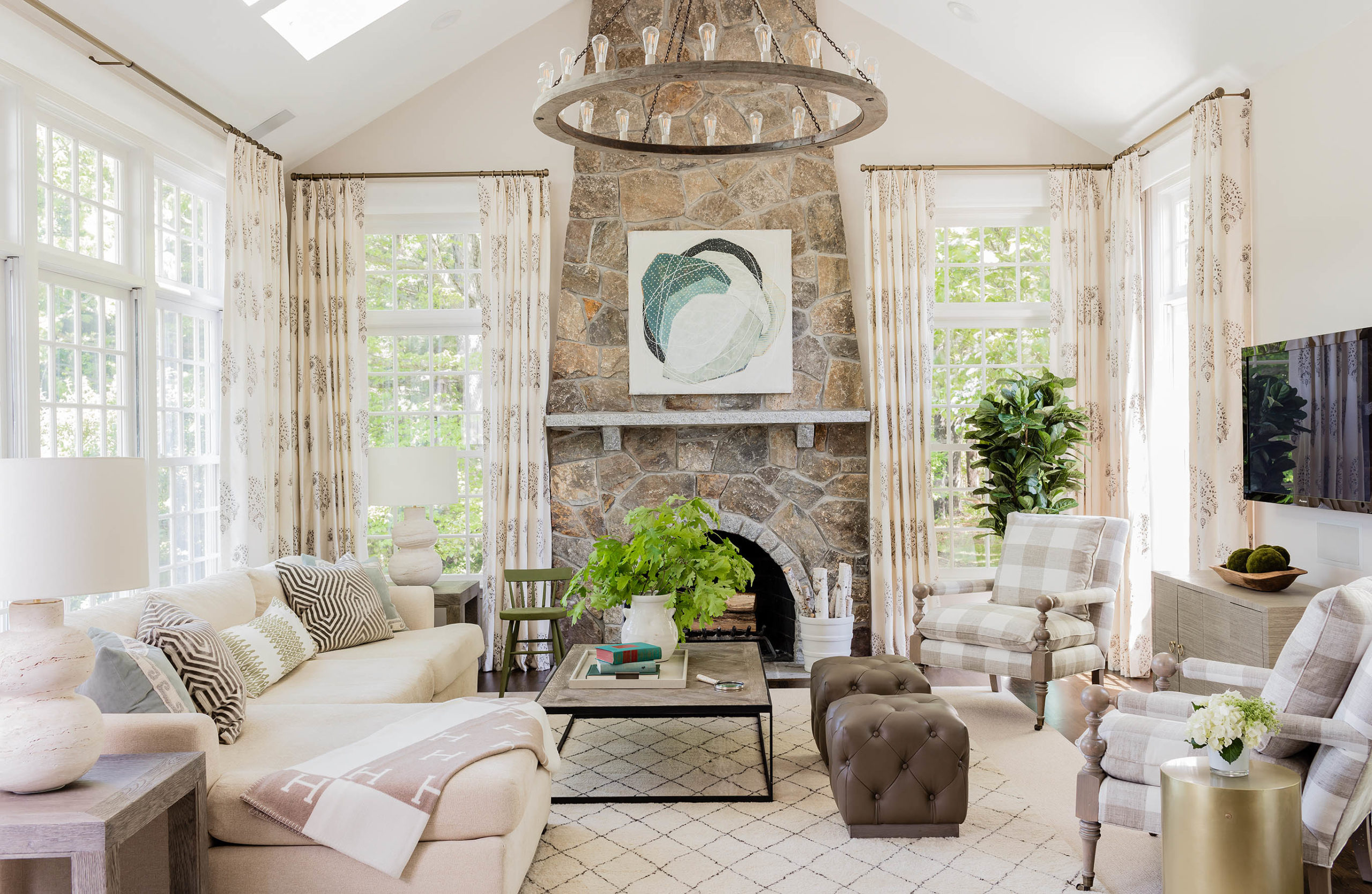
Love the raised beds with mesh. Did you make those or any recommendations on where to buy?
hi Slyvia ( Jess from acton food forest) I helped design these with a local woodworker! let me know if. you’re local and interested in getting a garden designed! http://www.actonfoodforest.com
Beautiful and informative! Thanks for sharing.
loved working with you! and so happy you are enjoying your garden. it looks wonderful!
Those raised beds in the last photo are genius! I love that the mesh is on a hinge, protecting the garden from smaller critters, while making it accessible for weeding. Very very smart. I will be storing this idea away in my “vault” for when I start building my garden. The only thing I wonder though, is how to keep the deer out. I am in Canada and we have fairly sizeable deer and moose. I have a feeling I will have to put the entire garden in a 5 or 6 foot enclosure to keep them out.
We have deer in our yard almost daily and haven’t had a problem yet!